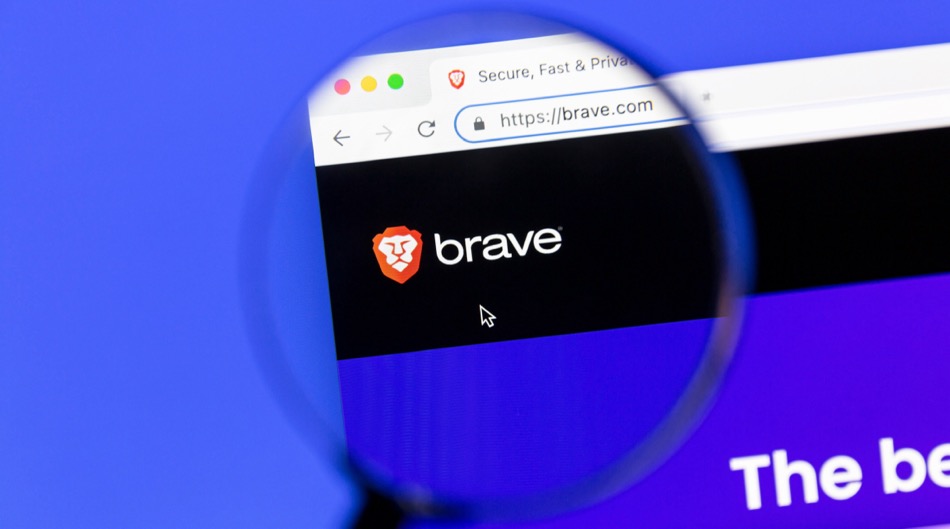
Brave Software has announced a new privacy defense in version 1.81 of its browser for Windows by automatically blocking of Microsoft’s Recall feature, which captures periodic screen snapshots on Copilot+ PCs.
This move comes just weeks after Signal implemented a similar safeguard, positioning Brave as the first major browser to proactively shield all tabs, not just private windows, from Recall’s reach.
Brave's approach treats every browser window as private, signaling the operating system to exclude them from Recall’s screenshot capture logic. This granular exclusion method, unlike Signal’s DRM-based workaround, does not interfere with screen readers or other accessibility tools.
Recall was originally introduced by Microsoft in May 2024 and marketed as a productivity-enhancing tool. It takes a screenshot every five seconds and stores the images locally in a searchable, vectorized database, allowing users to “recall” past activity using natural language queries. Despite being designed as a local-only feature with TPM-based encryption and VBS Enclave isolation, Recall faced immediate backlash over its potential for abuse if the host system were compromised.
Microsoft temporarily paused the rollout in 2024, planning to reintroduce Recall this year as a key feature of Copilot+ PCs, high-end AI-enhanced systems that comply with the company’s Secured-core standards. Despite updated security controls and requiring user opt-in during system setup, skepticism remains high among privacy advocates who question the wisdom of creating a persistent, OS-level log of user activity.
Brave’s intervention builds on Microsoft’s own Recall exclusion for private browser windows but extends this protection across the board. In doing so, Brave becomes the only major browser to take this step, reinforcing its long-standing commitment to privacy-first design. Brave is a privacy-first web browser used by over 60 million monthly active users and is known for integrating ad-blocking, tracker prevention, and features like built-in Tor browsing.
Unlike Signal’s approach, which disables all screenshots via Windows DRM APIs, Brave’s method targets Recall without collateral damage. Signal’s decision was effective but not ideal, as it also blocked legitimate screenshot functionality and interfered with accessibility features. Brave’s engineers circumvented these limitations by marking browser tabs as private using Chromium’s APIs, ensuring Recall is suppressed while leaving standard screenshot tools unaffected.
Microsoft has acknowledged that privacy-focused applications deserve special treatment under Recall, but its current implementation offers no official API for apps to request exclusion. This has forced developers to create their own workarounds, as seen with both Signal and now Brave. As Recall moves from preview to full deployment across Copilot+ devices, calls for a more robust and developer-accessible opt-out mechanism are likely to intensify.
For users concerned about Recall’s ability to archive sensitive browsing content, Brave’s protective default offers a strong layer of defense. Those wishing to re-enable Recall for Brave can do so manually by navigating to brave://settings/privacy and toggling the feature off. To disable Recall, navigate to Settings → Privacy & Security → Recall & Snapshots to turn off the feature system-wide.






Leave a Reply